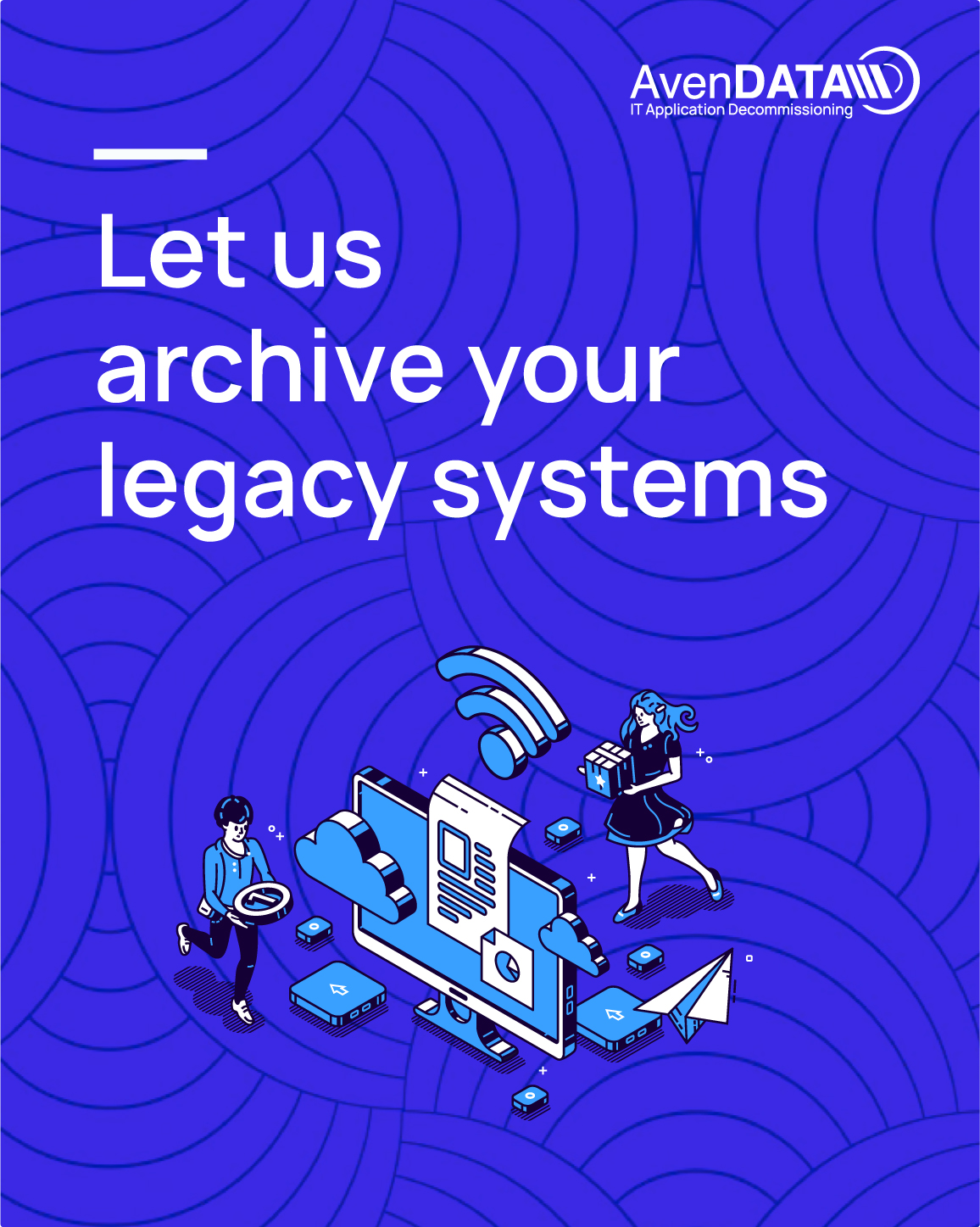Why do you need experience for a carve-out?
Complexity of the data
Legal and regulatory requirements
Carve-outs must consider various legal and regulatory requirements, depending on the industry and region. Experienced professionals can help identify and comply with these requirements to avoid legal issues or penalties.
Technical aspects
Project management and risk management
What is the process for a data carve-out?
Planning and preparation
- Define the goals and scope of the data carve-out:
- What data should be carved out and for what purpose?
- Identifying the stakeholders involved and engaging relevant departments.
- Determining the timeline and resources for the carve-out.
Data inventory and classification
- Identification of all relevant data sources and systems in the company
- Classification of data according to its type, sensitivity and relevance for the carve-out
- Assessment of data quality and integrity
Legal and regulatory review
- Review of legal and regulatory requirements for the carve-out, e.g., data protection laws or contractual obligations.
- Ensuring compliance with any required approvals or consents
Definition of the data migration
- Defining the migration strategy, i.e., how the data will be extracted from the existing context, transformed, and transferred to the new environment.
- Selecting appropriate tools and methods for data migration
- Creation of a detailed migration plan and a back-up plan in case of problems or failures
Implementation of the data migration
- Extraction of identified data from the source systems
- Data cleansing, transformation, and adaptation to the requirements of the target environment
- Transfer of data to the new environment, considering security and data protection regulations
Verification and validation of the data
- Performing tests to ensure that the migrated data is complete, accurate, and consistent.
- Verifying data integrity and quality in the target environment
Completion and handover
- Documentation of the carve-out process and all steps performed.
- Handover of the migrated data to the standalone company or separate business unit
- Monitoring and supporting post-carve-out operations to ensure that the data can be used effectively
Planning and preparation involve defining goals, engaging relevant stakeholders, determining timelines and resources, identifying data sources, classifying data, and assessing data quality. This stage sets the foundation for a successful carve-out.
Legal and regulatory review ensures compliance with data protection laws, contractual obligations, and obtaining necessary approvals or consents for the carve-out.
Data migration involves defining the strategy for extracting, transforming, and transferring data to the new environment. Selecting appropriate tools, creating a migration plan, and considering security and data protection regulations are crucial in this stage.
Verification and validation processes are conducted to test the completeness, accuracy, consistency, integrity, and quality of the migrated data in the target environment.
The carve-out process is documented, and the migrated data is handed over to the standalone company or separate business unit. Post-carve-out operations are monitored and supported to ensure effective use of the data.
-
How Legacy Systems Work and Their Architecture
-
Legacy Systems in Digital Era:
-
SAP Carve-Out Guide: Definition, Process, Benefits
-
System Decommissioning: A Strategic Guide
-
20 Reasons why legacy ERP systems must be archived and data should not be deleted
-
IT Mergers and Acquisitions: The ABCs of a Successful Integration
-
Mastering IT M&A and Carve-Outs: Addressing Pain Points with Practical Solutions
-
Modernizing Legacy Systems: A Strategic Guide for IT Company Owners
-
The importance of legacy systems is steadily increasing
-
Ten Key Questions with Emanuel Boeminghaus




